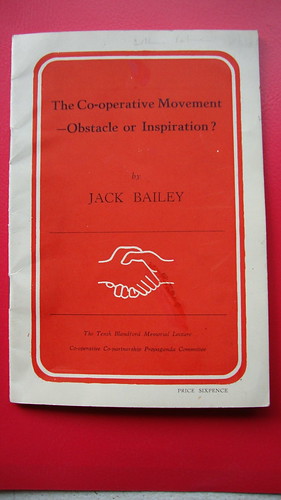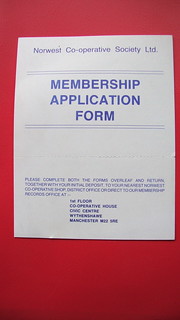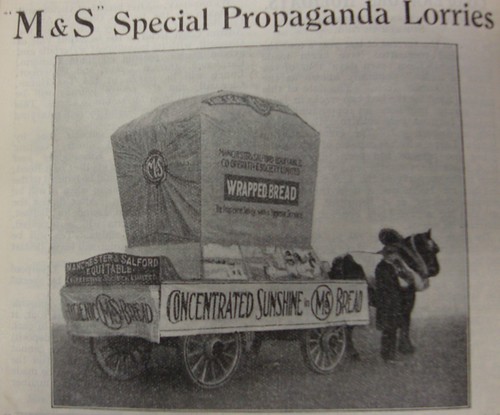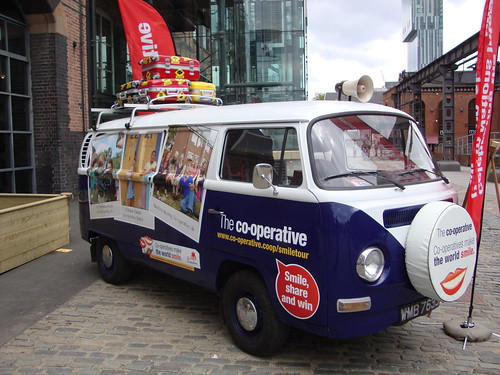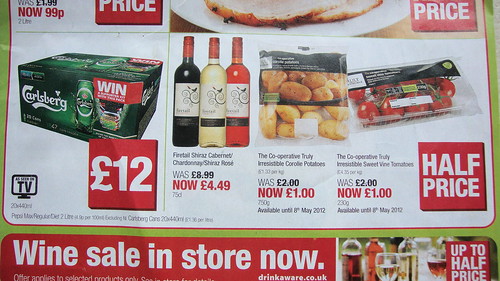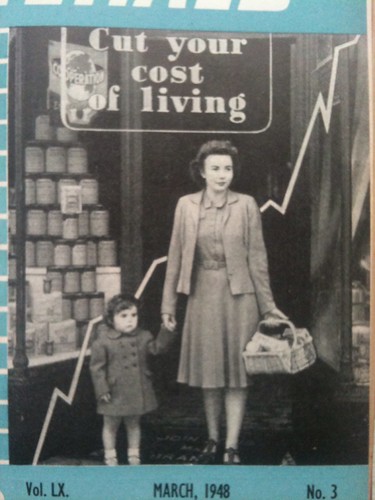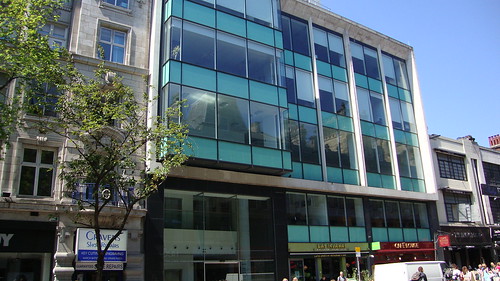
A little diversion into the centre of Manchester. Prompted by a question posed underneath a photograph I uploaded to Flickr. Where was Deansgate House? So a little story about New Deansgate House, a co-operative venture about few buildings north of the famous Kendal Milne building. It was at 84 Deansgate, Manchester.
The building is still there, and it's an architectural gem if you haven't set your head against the modernist style.
Though Manchester was the headquarters of the co-operative movement it never had a department store in the city centre. In 1945 six local co-operative societies and the wholesale society formed the Co-Operative Emporium Limited. Beswick, Blackley, Failsworth, Manchester & Salford, Pendleton, and Prestwich joined with the CWS. The following year the CWS acquired the Deansgate Arcade. One of the those fine Victorian versions of shopping under one roof with small upmarket shops fronting a passageway that ran from Deansgate to Parsonage Gardens. There are some fine examples in Leeds.
But it wasn't until 1955 that last tenants left and the old building was demolished for a bright vision of the future.The architect was George S. Hay of the CWS. He later went to design with Gordon Tait the prestigious CIS Tower & New Century House on Miller Street opened in 1962.
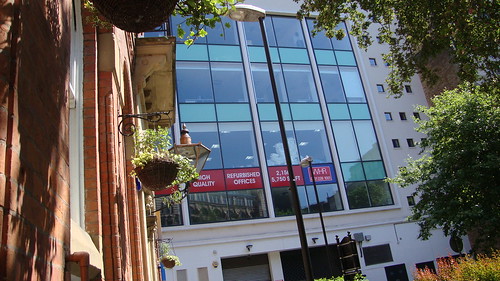
Essentially New Century House is a steel frame constructed by Edward Wood & Co at the Ocean Ironworks in Trafford Park and lots of glass was put around it. This was new for Manchester. The cost is reported as £500,000. It opened on the first day of spring, that'll be Saturday 21st March 1958 by Leonard Cooke the chairman of Co-Operative Emporium Ltd.
A whole five floors, no food department, but furnishings, fashion, gramophone records, and a cafteria. The Co-Op Bank then a small banking operation of the CWS with no branches opened its first mini bank here on Monday 20th October 1969. An early example of in-store franchise.
But the venture was not a massive success that the co-operative hoped and planned for. Whatever the reasons for its slow decline - wrong stock, unfashionable image or prices - I will have to investigate.
There is a lot to discover and the Co-operative Emporium Limited archives are kept at the Greater Manchester Records Office. The company ceased and was de-listed as an IPS in July 1973. At least we still have the building which is a miracle for a city that is always being re-built.










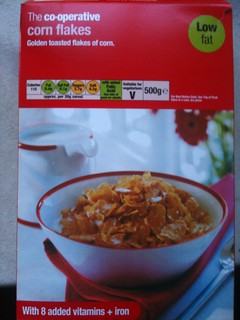
![(BC) CORN FLAKES 500g [1982]](http://farm5.staticflickr.com/4044/4545801111_80280953be_n.jpg)
